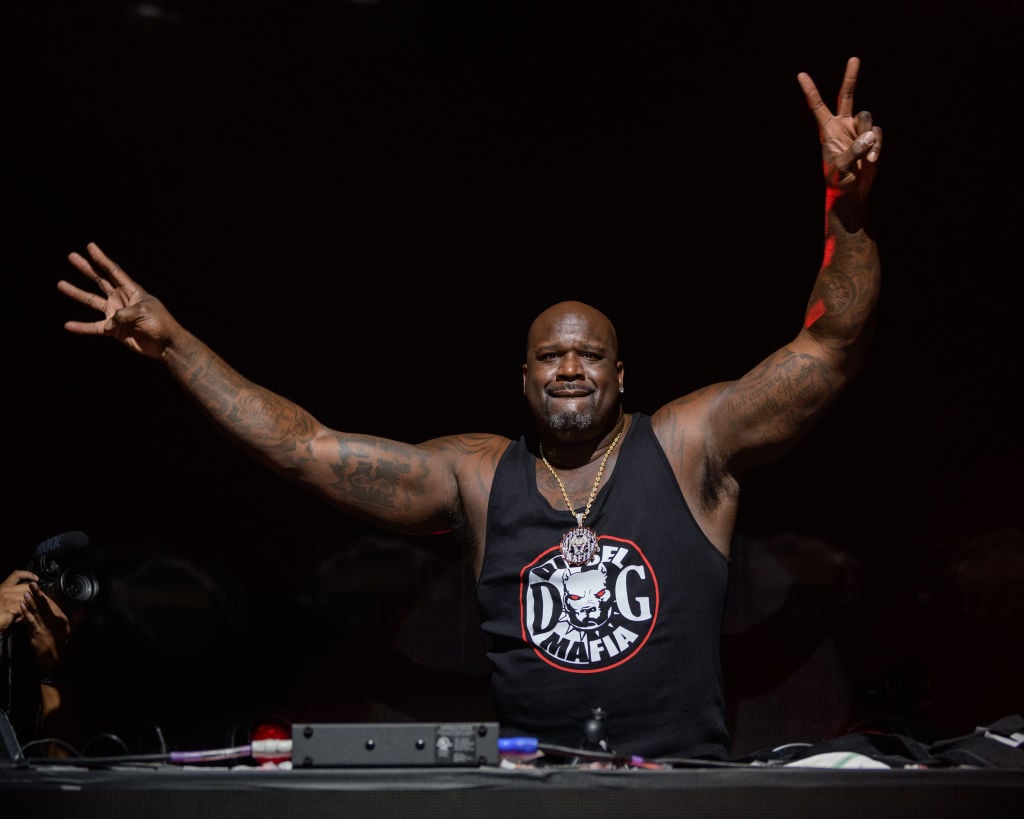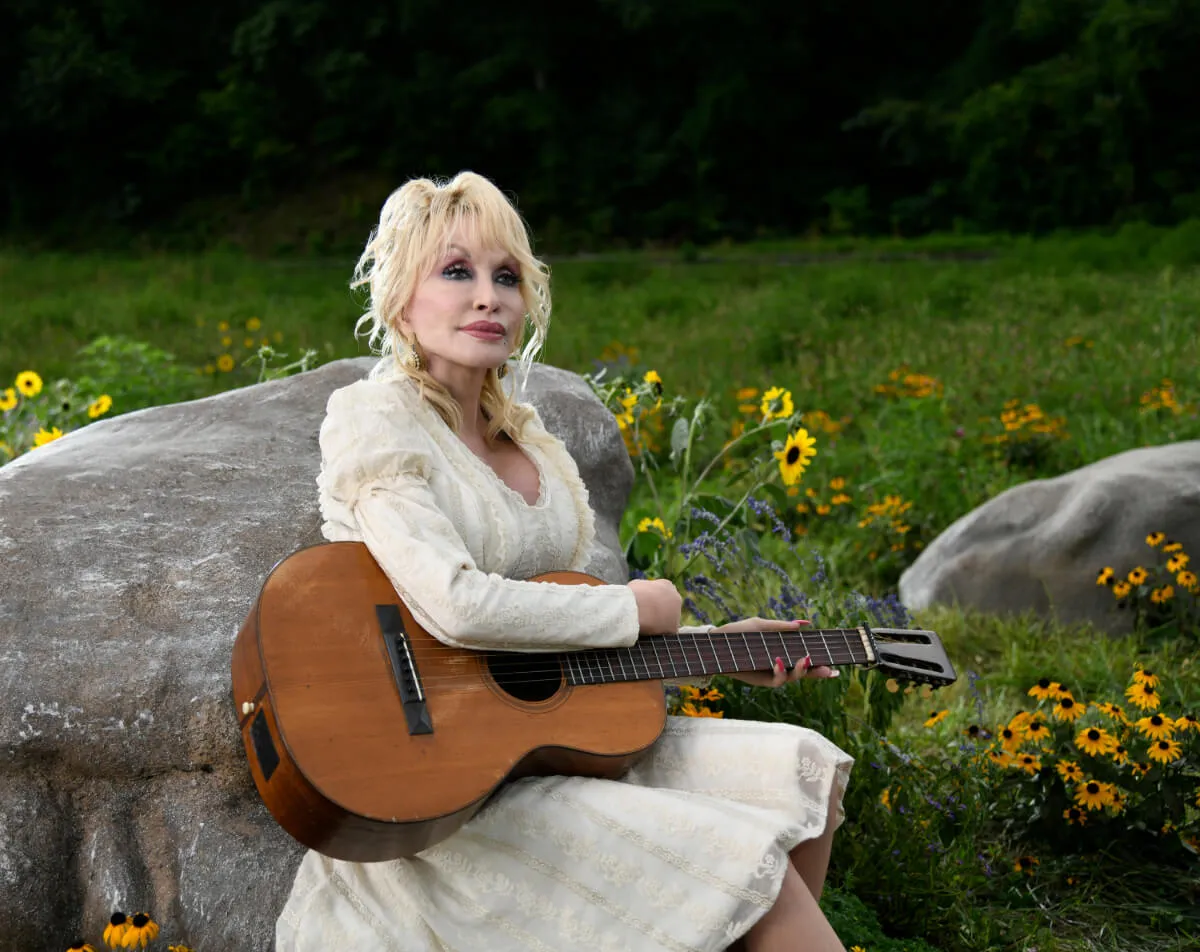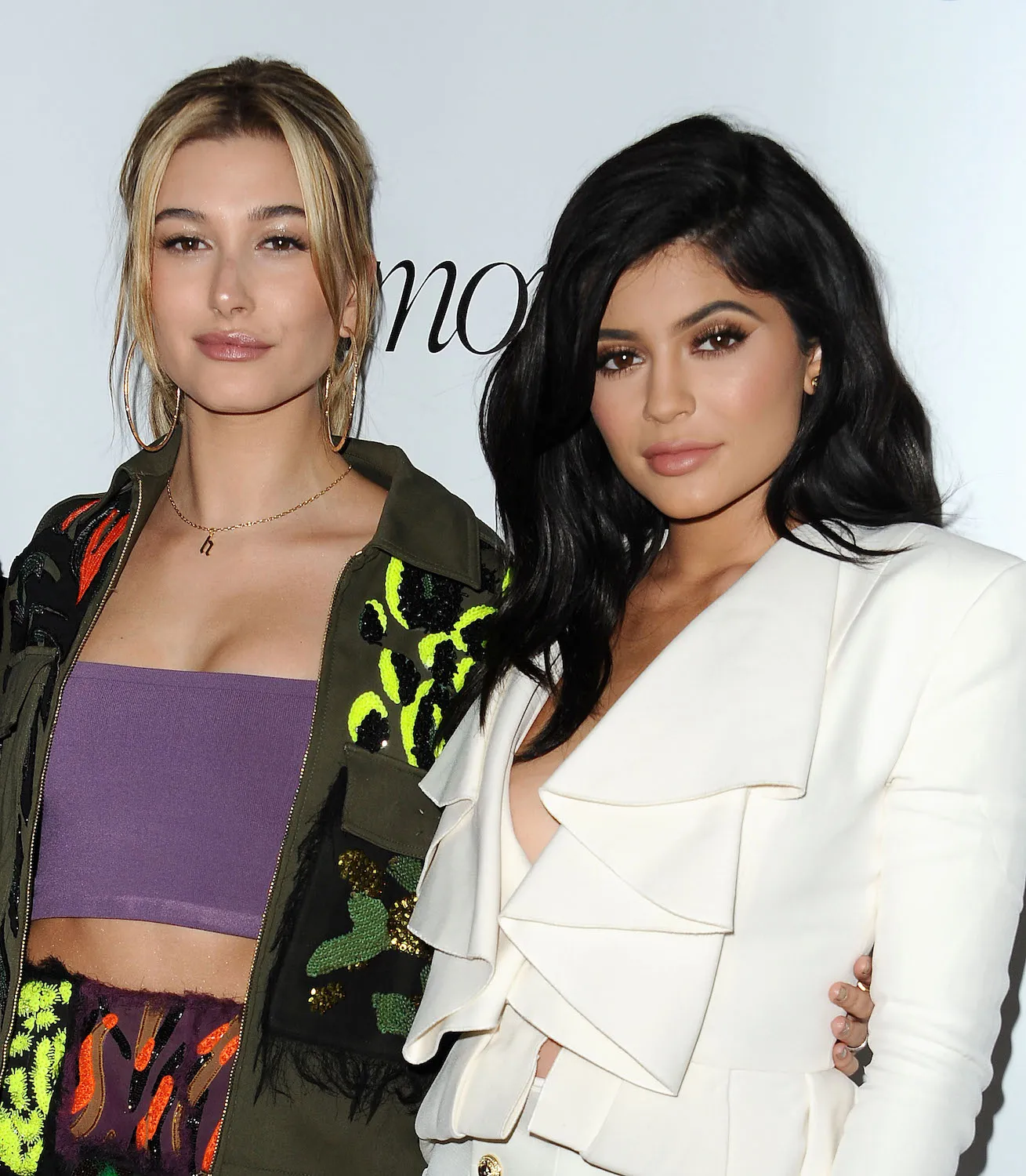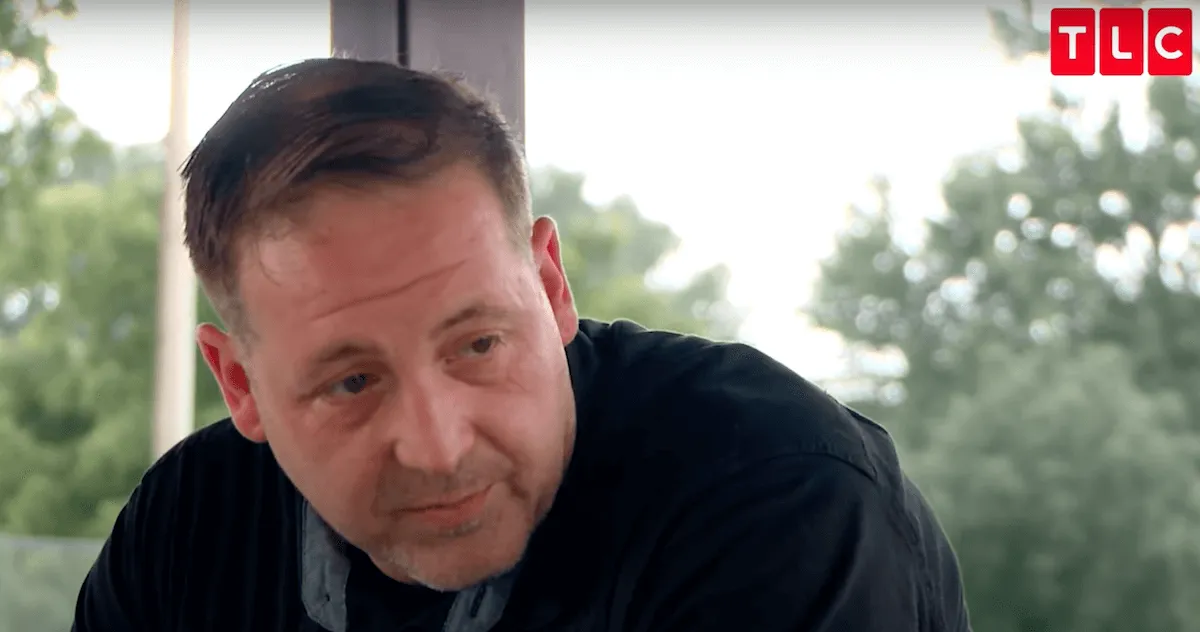‘B-Ball’s Best Kept Secret’ Was a Bizarre Fusion of Basketball and Hip-Hop
NBA players have always wanted to be rappers since the genre first arose in the 1970s. Since then, everyone from Shaquille O’Neal and Kobe Bryant to Ron Artest and Damian Lillard has tried their hand at the rap game. In 1994, however, the NBA and hip-hop became inextricably linked in a way that it never had before. On “B-Ball’s Best Kept Secret,” NBA players collaborated with hip-hop heavyweights to produce one of the strangest albums in history.

An NBA rap album?
According to Deadspin, the album was the brainchild of James Andrews and Hutson Miller. They wanted to pair some of basketball’s most prominent names with hip-hop heavyweights and see what happened. They got a $300,000 budget to pay basketball’s young stars to find a studio and record a song. The roster of talent that they got is equally impressive and confusing.
Shaquille O’Neal, Jason Kidd, Cedric Ceballos, Malik Sealy, Gary Payton, Dennis Scott, and Brian Shaw were just some of the names on the album. The CD featured production from several big names, from Warren G to Ant Banks and Quincy Jones III. The album apparently had some interested parties. Deadspin notes that while the album sales are murky, it likely sold a few hundred thousand copies.
The very fact that the album exists is a time capsule to the time that created it. Hip Hop was in its golden age, and as it started crawling toward the mainstream, more people tried to capitalize on the craze. However, a look back at the music on the album shows that while many records from that era went down as classics, this collaboration didn’t.
What was on the album?
Of course, getting O’Neal on the album gave it some chance at credibility. He had, after all, gone platinum around that same time. Other basketballers did fare so well. According to Ball is Life, Jason Kidd, who was just 21 years old at the time, recorded a song called “What the Kidd Didd”. The song was a lyrical disaster in which Kidd uses some very loose rhyming techniques to complete his awful lyrics.
The album is not all comedy, however. Some of the players took the music to heart and had different motives. Brian Shaw was watching his teammate, Gary Payton, record his song on the album when he got the idea to make his own. On “Anything Can Happen”, Shaw remembered his parents and his sister, who were tragically killed in a car accident months earlier. While the song wasn’t a classic, it had some real heart.
The album has its charm in all of its strangeness. The songs featuring players like Malik Sealy and Cedric Ceballos may not be great, but they harken back to a fun time with their old school beats and lyrics. It’s filled with dated basketball references and features forgotten full-time rappers like Sadat T and Grand Puba. It makes one think about today’s NBA, too.
NBA players rapping
The fusion between hip hop and basketball didn’t end with this album. If anything, the album was a sign of things to come. 26 years since the release of the album and players are rapping more often than any era beforehand. Basketball rap albums are no longer the source of ire and mockery; they are part of being an NBA player.
Lillard has found success with his own rap career, while younger players like Marvin Bagley III are trying to break in with their own music. If “B-Ball’s Best Kept Secret” is indicative of the early 1990s, SoundCloud plays that role right now. Anyone can get on a computer, buy or produce a beat, and record into a microphone, and because of this, more players are experimenting. Who knows, maybe they can make their own compilation album, too.


